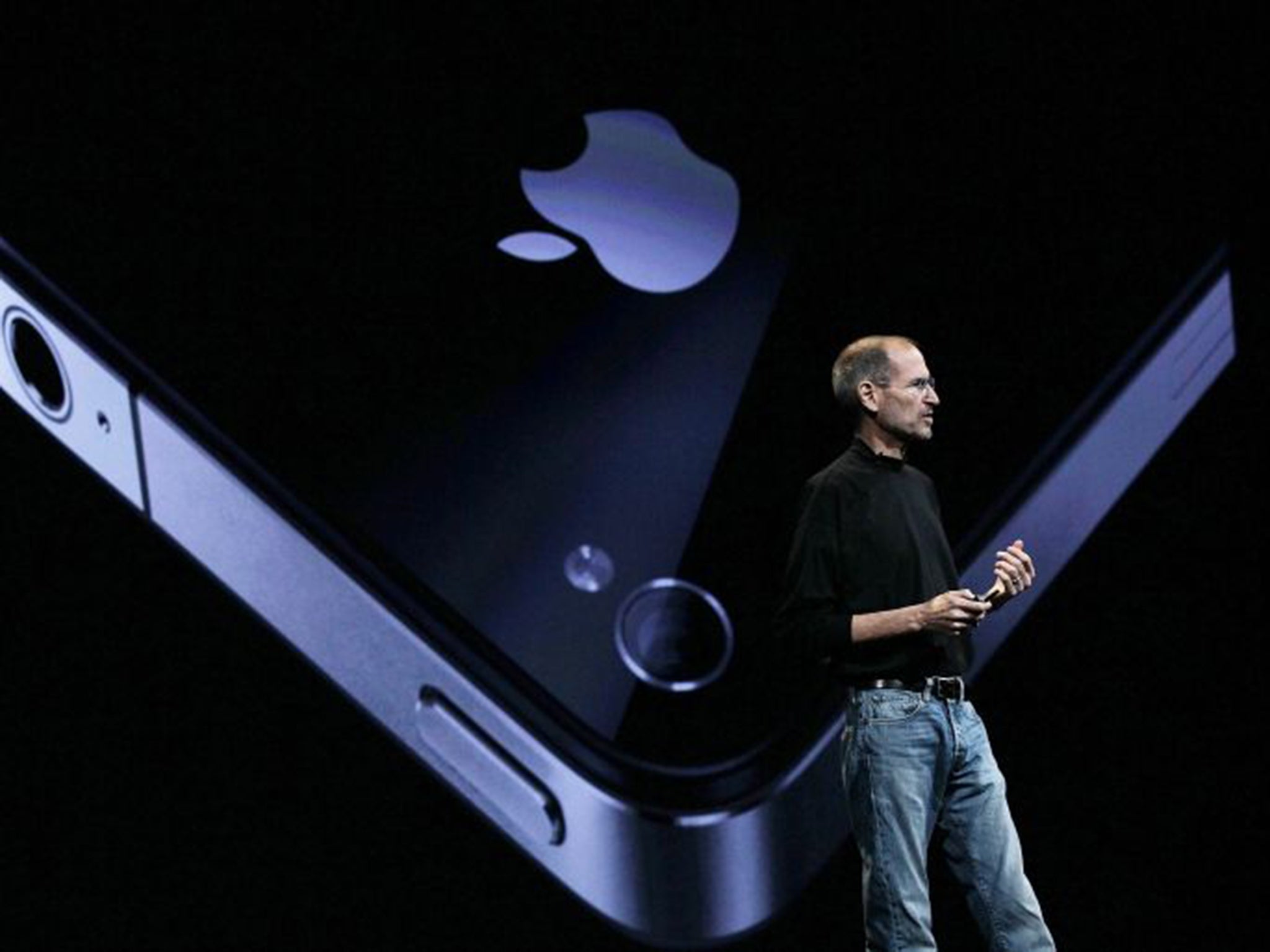The Independent's journalism is supported by our readers. When you purchase through links on our site, we may earn commission.
iPhone: Apple founder Steve Jobs had very different plans for company's iconic smartphone, new book reveals
He almost ditched one its most iconic features

Your support helps us to tell the story
From reproductive rights to climate change to Big Tech, The Independent is on the ground when the story is developing. Whether it's investigating the financials of Elon Musk's pro-Trump PAC or producing our latest documentary, 'The A Word', which shines a light on the American women fighting for reproductive rights, we know how important it is to parse out the facts from the messaging.
At such a critical moment in US history, we need reporters on the ground. Your donation allows us to keep sending journalists to speak to both sides of the story.
The Independent is trusted by Americans across the entire political spectrum. And unlike many other quality news outlets, we choose not to lock Americans out of our reporting and analysis with paywalls. We believe quality journalism should be available to everyone, paid for by those who can afford it.
Your support makes all the difference.The iPhone might never have existed if Steve Jobs had had his way.
Apple’s late co-founder is widely credited with generating the first real interest in smartphones and laying the groundwork for the enormous market that exists today.
The unveiling of the original iPhone in 2007 was a huge moment for both Apple and the world, but things might have panned out very differently if it wasn’t for the persistence of the company’s staff.
Jobs’ doubts about the iPhone have been revealed by Brian Merchant in his new book, The One Device: The Secret History of the iPhone.
According to Mr Merchant, Jobs initially didn’t see a great deal of potential in the then-emerging smartphone market, and his hand was forced when it became clear that smartphones could become competitive with the iPod.
“The iPhone began as an experimental project undertaken without [Jobs’] knowledge, became an official project at the prodding of his executive staff and was engineered into being by a team of brilliant, unfathomably hard-working programmers and hardware experts,” Mr Merchant told CNBC.
Even after Jobs was persuaded to press ahead with the iPhone, he almost changed what has now become one of the handset’s most iconic features: the single, circular home button.
Jobs wasn’t convinced by it, and instead insisted that the iPhone should have a permanent Back key too.
“The touch-based phone, which was originally supposed to be nothing but screen, was going to need at least one button,” reads a passage in the book.
“We all know it well today – the Home button. But Steve Jobs wanted it to have two; he felt they’d need a back button for navigation.”
According to the book, he was eventually talked around by Imran Chaudhri, a veteran Apple designer.
“Chaudhri argued that it was all about generating trust and predictability,” the book continues. “One button that does the same thing every time you press it: it shows you your stuff.”
Incidentally, that button is rumoured to be on its way out later this year, when Apple unveils its latest flagship iPhone.
Mr Merchant writes, “‘Again, that came down to a trust issue,’” Chaudhri says, ‘that people could trust the device to do what they wanted it to do. Part of the problem with other phones was the features were buried in menus, they were too complex.’ A back button could complicate matters too, he told Jobs.
“‘I won that argument,’ Chaudhri says.”
Join our commenting forum
Join thought-provoking conversations, follow other Independent readers and see their replies
Comments